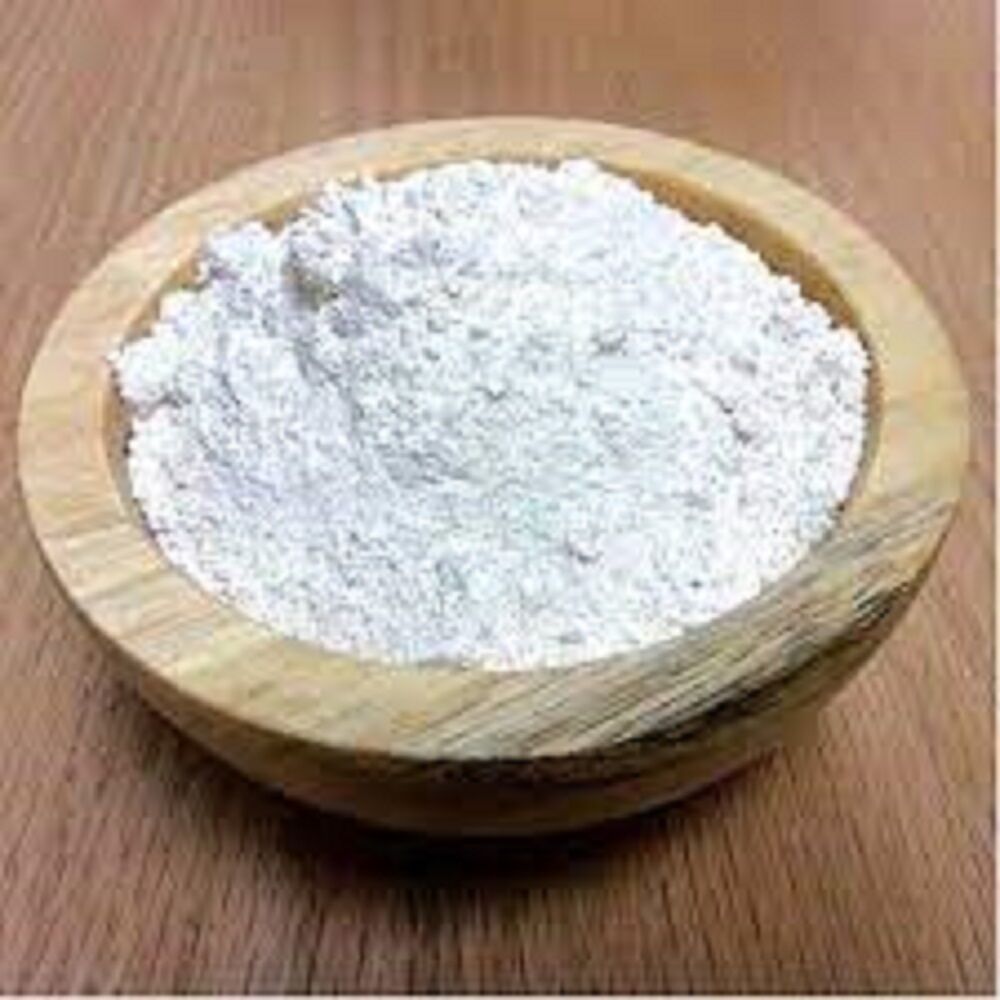CALCINED KAOLIN FOR DRAGON FRUIT
We are the stalwarts in the domain of manufacturing, supplying, wholesaling, and exporting CALCINED KAOLIN FOR DRAGON FRUIT These flavor grade chemicals are processed using pure and accurate ingredients that are procured from reliable and trusted vendors of the market. Our range is available in the market at leading prices in packs of different quantities.
Calcined Kaolin is a type of clay that has been heated to high temperatures to remove impurities and improve its physical properties. It is often used as a soil amendment in agriculture, including for dragon fruit cultivation.
Applications and Uses of calcined kaolin for dragon fruit:
- Pest control: Calcined kaolin can be used as a natural pest control method by creating a physical barrier on the surface of dragon fruit plants. When insects come into contact with the kaolin, they are deterred or killed, reducing the need for chemical pesticides.
- Sunburn protection: Dragon fruit plants are susceptible to sunburn, especially during hot and dry weather. Calcined kaolin can be applied as a white coating on the leaves and stems of the plants to reflect sunlight and reduce heat stress.
- Moisture retention: Calcined kaolin has the ability to absorb and retain moisture, which can be beneficial for dragon fruit plants in dry and arid environments. It can be added to the soil to improve water retention and reduce water stress on the plants.
- Nutrient management: Calcined kaolin can help to improve soil fertility by increasing the cation exchange capacity and nutrient retention. It can be used as a soil amendment to improve the growth and yield of dragon fruit plants.
- Soil structure improvement: Calcined kaolin can also improve the physical structure of soil by reducing compaction and improving aeration. This can help to promote root growth and improve overall plant health.
Overall, Calcined Kaolin can be a valuable tool for dragon fruit growers, providing a range of benefits for plant health and productivity.
